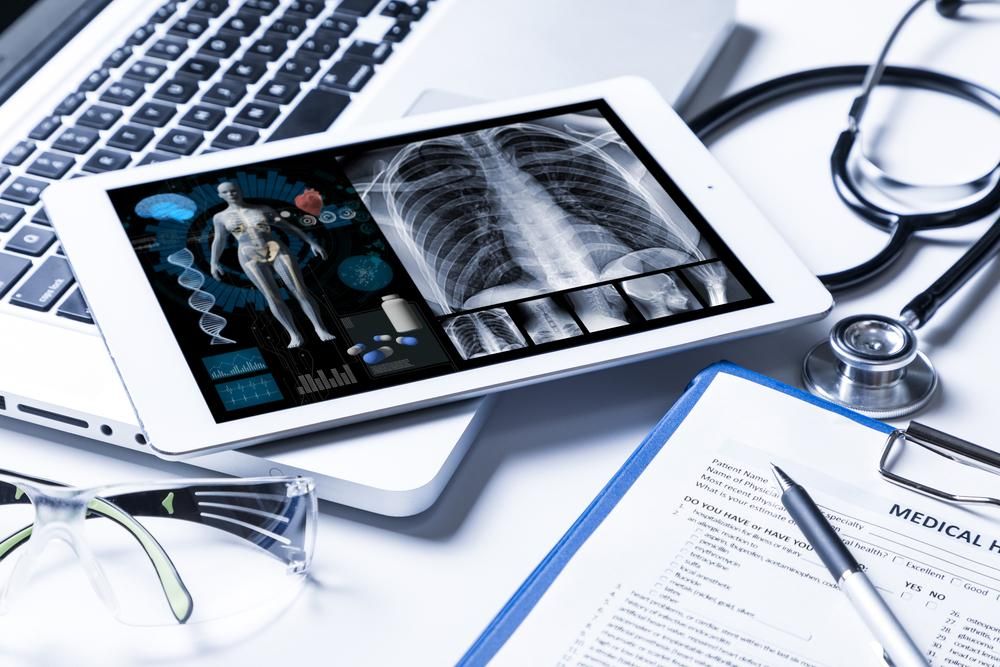4 Ways A Robust Wireless Networking Infrastructure Improves Patient Care
Patients are more educated than ever before, and they have many more options for healthcare available to them. This puts a great deal of pressure on...
3 min read
 Craig Badrick
:
Nov 25, 2016 5:00:00 AM
Craig Badrick
:
Nov 25, 2016 5:00:00 AM
The healthcare environment has been making a colossal evolution toward patient-centric care. As competition between the myriad of hospitals and care centers has become more fierce, healthcare organizations must step up and meet the demands of patients — or risk losing them.
That is why the model of patient-centered care is so crucial. With this shift in focus, however, comes a shift in how information must be delivered to meet the requirements of the new environment. Communication and data need to be transferred quickly and accurately through improved healthcare IT solutions.
So, what steps should CIOs be taking to plan for a smooth and successful transition? Use the following four recommendations to help prepare for the emerging healthcare environment, enable your team to reach maximum levels of efficiency and provide the highest quality of patient care and service.
Every successful improvement begins with input from the team who will be affected by it. That’s why it is essential to find out from your organization’s staff what their biggest impediments and problems are in the course of daily operations.
Work on discovering ways that you can address those issues. By making your employees’ jobs easier and more fulfilling, you’re giving them the platform to deliver quality service to patients — and do so more efficiently.
This step is a vital factor in ensuring that employees are able to connect with one another and collect the requisite data. Does your network feature all the elements needed to ensure a proper flow of information? If this process is too slow, it’s apt to result in increased patient wait times and wasted employee hours.
Communication between physicians, nurses and other staff is paramount to fostering a patient-centered approach within your organization. If the team is unable to communicate effectively, you’re likely to experience challenges and efficiency setbacks in treating patients.
Is your storage organized well? Is it easy to gather information? If not, your organization’s ability to provide efficient and effective patient-centered care is in jeopardy. In order for your healthcare teams to deliver quality service and care, they must be able to log and access data quickly and easily. Your storage capabilities are integral to this flow of information.
Of course, with all of these advancements and transformations being planned to optimize your organization’s ability to facilitate patient-centered care, it is more important than ever to protect your network and your data.
A recent Healthcare Informatics article detailed a study conducted by the College of Healthcare Information Management Executives (CHIME), which produced some of these insightful results:
If security doesn’t go hand in hand with all of the preparations you’re making to accommodate the new healthcare environment, you’re exposing your organization to big risks.
“These technological advances open health systems to cyber-risk, making patient and hospital data more vulnerable to cyberhacks. With more than 16 healthcare data breaches reported across the United States in the last month, patients are becoming more concerned about their personal data. According to a recent online survey conducted by Harris Poll on behalf of University of Phoenix® College of Health Professions School of Health Services Administration, 72 percent of U.S. adults agreed with the statement, ‘I am concerned that my online healthcare records are vulnerable to hackers.’” (Modern Healthcare)
Healthcare organizations are big targets for hackers because many medical professionals are not necessarily trained or well-versed in the latest internet scams, email hoaxes and dangerous websites. These organizations are also unlikely to have the immense budgets that many businesses possess to account for network security. As a result, they’re more apt to be working with outdated systems and security software.
In addition, the threat of ransomware is much greater in healthcare today. This threat started out primarily targeting individuals, and typically with rather uncomplicated methods. Now it is much more sophisticated and is being used to take down massive healthcare organizations.
To combat these dangers and ensure that your efforts to prepare for a more patient-centered focus are backed by a strong network security solution, it is important to take the following measures:
It is more critical now than ever before for healthcare organizations to heighten their competitive advantage. CIOs should be the catalysts in this endeavor by prioritizing IT solutions that advance patient-centered care initiatives. Be the driving force that supports your entire organization in delivering the kind of service and care that attracts and retains patients in this new landscape of healthcare.

Patients are more educated than ever before, and they have many more options for healthcare available to them. This puts a great deal of pressure on...

Progress is inevitable, and in the healthcare industry, it’s a fast-moving train. Last year, healthcare IT professionals saw an uptick in technology...

The Internet of Medical Things (IoMT) is fast becoming essential throughout the healthcare industry — but these smart devices can pose major security...